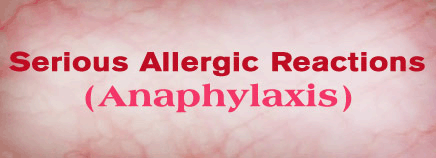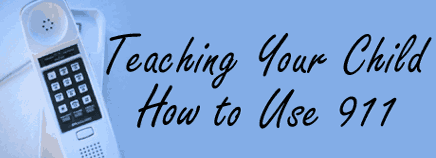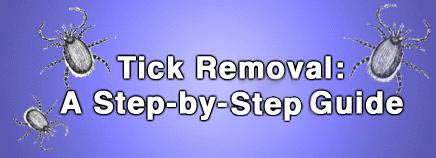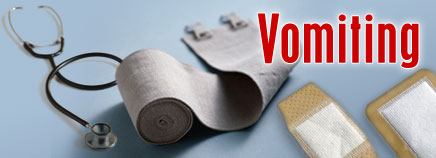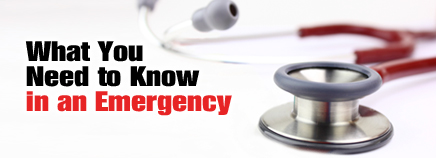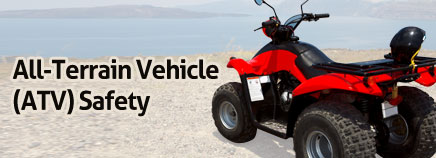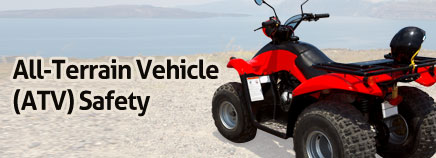Kids with severe allergies can be at risk for a sudden, potentially life-threatening allergic reaction called anaphylaxis. This reaction can be frightening — a child may feel like his or her throat is closing or might faint, for example. But the good news is that when treated properly, anaphylaxis can …
Teaching Your Child How to Use 911
One of the challenges of being a parent is arming your kids with the skills to handle the obstacles life presents. Teaching them how to use 911 in an emergency could be one of the simplest — and most important — lessons you’ll ever share. Talking About 911 With Kids …
Tick Removal: A Step-by-Step Guide
Boy, your child’s freckles really stand out in the sun — but wait, that one looks like it’s moving! It isn’t a freckle at all. It’s a tick. What should you do? First, don’t panic. It’s true that Lyme disease is the most common tick-borne disease in the United States, …
Vomiting
Many different things can make kids throw up, including illnesses, motion sickness, stress, and other problems. In most cases, though, vomiting in children is caused by gastroenteritis, an infection of the digestive tract. Gastroenteritis, often called the “stomach flu,” usually is caused by common viruses that we come into contact with every …
What You Need to Know in an Emergency
Could you remember important information about your child’s health in an emergency? Because that can be difficult, doctors suggest that parents keep a record of their kids’ important health facts handy. This can help a medical team make a better, quicker diagnosis when time really counts. Making a complete written …
All-Terrain Vehicle (ATV) Safety
All-terrain vehicles (ATVs) are off-road vehicles for recreational use. In most states, it’s legal for older kids and teens to ride them, even without a driver’s license. But with the thrills come major safety risks. ATVs can be unstable and hard to control, particularly at high speeds. Rollovers and collisions …
Do My Kids Need Vaccines Before Traveling?
We’ll be taking a big family vacation in a couple of months. Do my kids need to get any special immunizations before we go? – Doriana If you plan to travel abroad or internationally it’s possible that your children — and you — will need additional vaccinations. Different countries have …
How to Choose & Use Sunscreen
With all the sunscreens available these days (organic or mineral? water-resistant or sweat-resistant? lotion or spray?), choosing the right one for your kids can be tricky. But what matters most when picking a sunscreen is how well it protects skin from UV rays. How to Choose Look for SPF (sun …
Sexting: What Parents Need to Know
These days, almost every teen has many ways to get online: via smartphones, tablets, and laptops, all of which can be used in private. It’s very easy for teens to create and share personal photos and videos of themselves without their parents knowing about it. Most of the time, this …
All-Terrain Vehicle (ATV) Safety
All-terrain vehicles (ATVs) are off-road vehicles for recreational use. In most states, it’s legal for older kids and teens to ride them, even without a driver’s license. But with the thrills come major safety risks. ATVs can be unstable and hard to control, particularly at high speeds. Rollovers and collisions …

